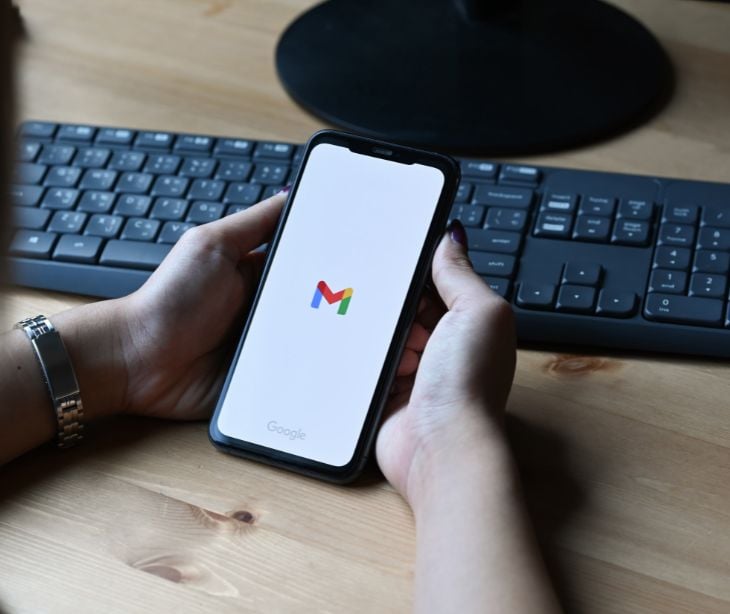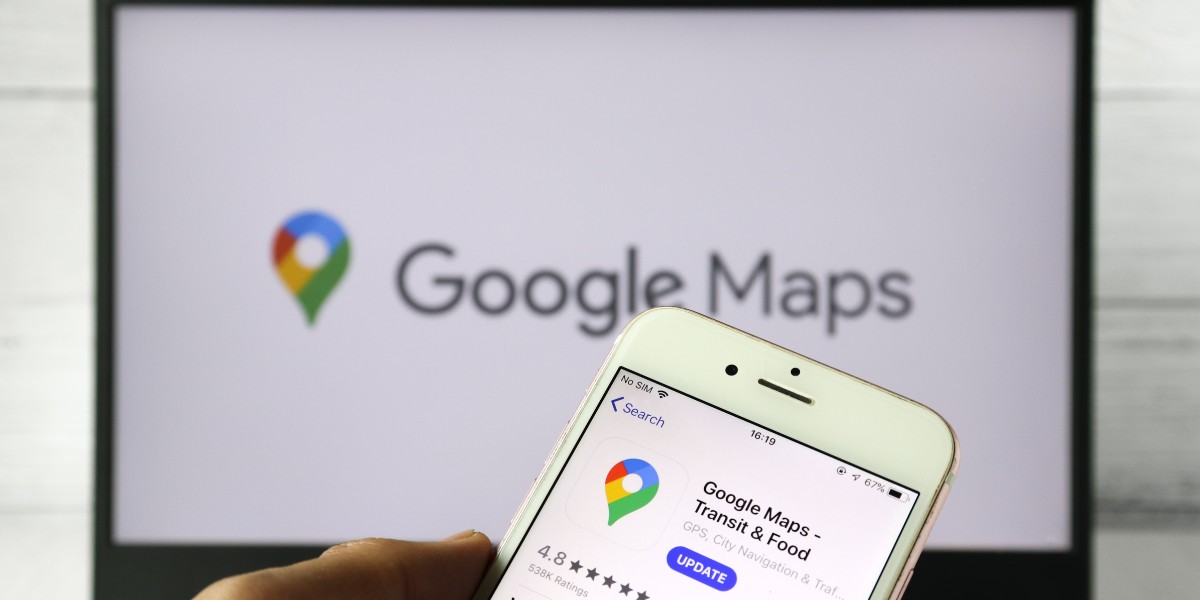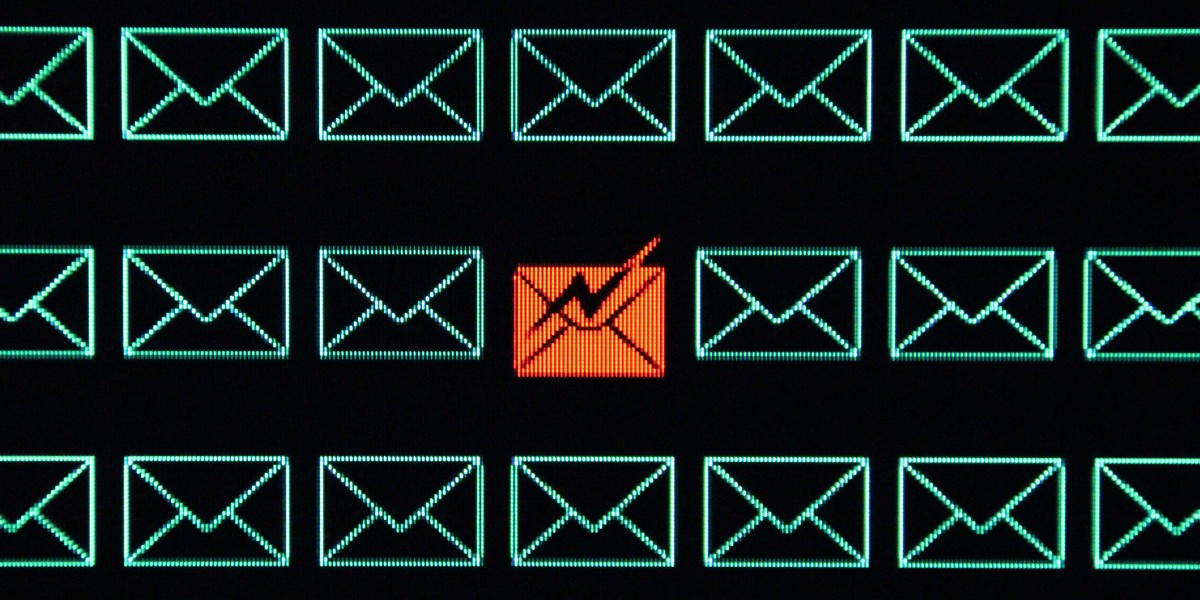
Gmail users can expect a significant update to their email handling policies beginning in February 2024.
What’s happened
The 2024 Gmail update affects all email senders, with specific and more stringent requirements targeting those who dispatch over 5,000 emails per day to Gmail accounts. This group includes many entities, from large-scale marketing firms and businesses to high-volume individual senders. Other providers like Yahoo have announced the implementation of similar practices in the coming year.
With the rise of spam, phishing, and email spoofing, protecting users from malicious content is crucial while ensuring genuine, user-consented communication reaches their inboxes. Stricter opt-in methods and streamlined unsubscribe processes give users more control, reducing unwanted emails.
See also: Secure email practices to protect patient privacy
The update
The update focuses on imposing additional requirements for senders who dispatch more than 5,000 messages daily to Gmail accounts. The measures these users should take note of include:
- Senders are required to use SPF, DKIM, and DMARC for their emails to authenticate and legitimize them.
- Senders must have valid forward and reverse DNS records for their sending domains and IP addresses.
- Senders must keep their spam rate below 0.3% as per Google's Postmaster Tools.
- Emails must comply with the Internet Message Format standard.
- Senders are prohibited from using Gmail addresses or names in 'From' headers to avoid impersonation.
- For those who frequently forward emails, the use of ARC is necessary to maintain the authenticity of the emails.
- A one-click unsubscribe link must be included in emails, and unsubscription requests should be processed within two days.
- Different IP addresses should be used for emails, such as separating promotional emails from transactional ones.
Certain update features aim to decrease the amount of spam users expect to receive in the coming year. These require the sender to implement specific practices to reduce their chances of email communication being considered spam. These include:
- Senders are advised to keep their spam rate below 0.3%, minimizing the number of emails marked as spam by recipients.
- Regular monitoring of email spam rates through Google's Postmaster Tools is recommended.
- If a high spam rate is observed, senders should modify their email content or strategies accordingly.
- Removing unengaged subscribers from email lists is necessary to reduce the likelihood of emails being marked as spam.
- Ensuring that recipients' emails are relevant, clear, and solicited is key to avoiding spam classification.
See also: HIPAA Compliant Email: The Definitive Guide
What they’re saying
In a recent blog post, Gmail’s group product manager, Gmail security & trust, Neil Kumaran stated "These practices should be considered basic email hygiene, and many senders already meet most of these requirements. For those who need help to improve their systems, we're sharing clear guidance before enforcement begins in February 2024."
What’s next
After the inception date of the updates, businesses, marketers, and individual senders will need to closely review and align their email-sending practices with the new requirements. This includes setting up or updating email authentication protocols (SPF, DKIM, DMARC, and ARC), revising opt-in processes to ensure explicit consent, and improving bulk email sending practices. Organizations may need to invest in IT and compliance resources to update their email infrastructure, particularly for high-volume senders who must adhere to additional regulations. This also poses a need for email automation services especially to look at their email practices. These services will be required to further review policies and procedures to continue effective operations or be viewed as spam by Gmail.
See also: Best practices for healthcare mobile email management
Subscribe to Paubox Weekly
Every Friday we'll bring you the most important news from Paubox. Our aim is to make you smarter, faster.




